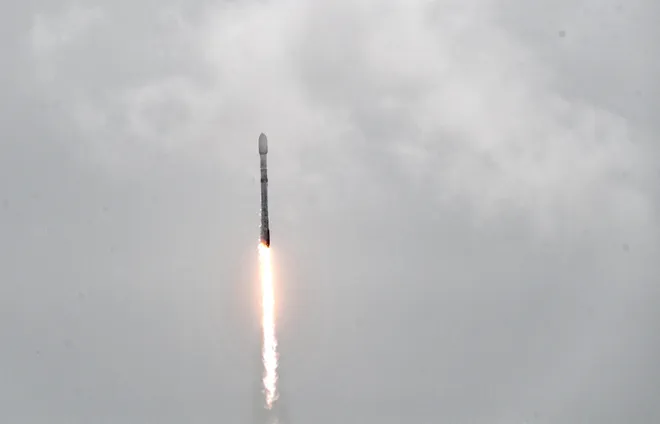T-Mobile sends emergency alert using Starlink satellites instead of relying on cell towers
More than 500,000 square miles of land currently unreached by cell towers could soon have access to critical emergency alerts through Starlink satellites.
T-Mobile partnered with SpaceX to deliver a the first successful wireless emergency alert in the U.S. without Earth-based cell towers, the mobile network operator announced this week.
On Sept 5. at 8:13 PM ET, emergency operators broadcast a test alert regarding a hypothetical evacuation notice to a geographic area and it was received by a T-Mobile smartphone, according to the release issued Wednesday.
The alert traveled 217 miles into space to one of the more than 175 low earth orbit Starlink satellites and back to the planet.
"In total, it took emergency operators just seconds to queue up an emergency message and deliver that message via Starlink satellites to users on the ground," the news release stated.
The company said it will continue to test out the service before launching commercially but did not share a timeline.

Verizon, AT&T to also expand alert reach
The success paves the way for T-Mobile and other wireless providers including Verizon and AT&T to send critical alerts to low populated, mountainous and uninhabitable land across the country, the news release stated.
People who once lacked access to such alerts will eventually be able to receive warnings for catastrophes from fires and tornadoes to hurricanes, according to T-Mobile.

"This is one of those days, as the CEO of a wireless company, that makes me pause for a moment and reflect on how technology advancements and the work we’re doing is truly impacting life and death situations," T-Mobile CEO Mike Sievert said in the news release.
The company said the process is especially helpful in situations like the 2018 Camp Fire, which burned more than 150,000 acres in Northern California, killed 86 people and destroyed 66 cell towers.
The Starlink satellites will protect communication with first responders or loved ones when terrestrial cell coverage fails.
The company said more Starlink satellites will be added through multiple scheduled SpaceX launches in the next few months to expand wireless coverage.
Disclaimer: The copyright of this article belongs to the original author. Reposting this article is solely for the purpose of information dissemination and does not constitute any investment advice. If there is any infringement, please contact us immediately. We will make corrections or deletions as necessary. Thank you.







